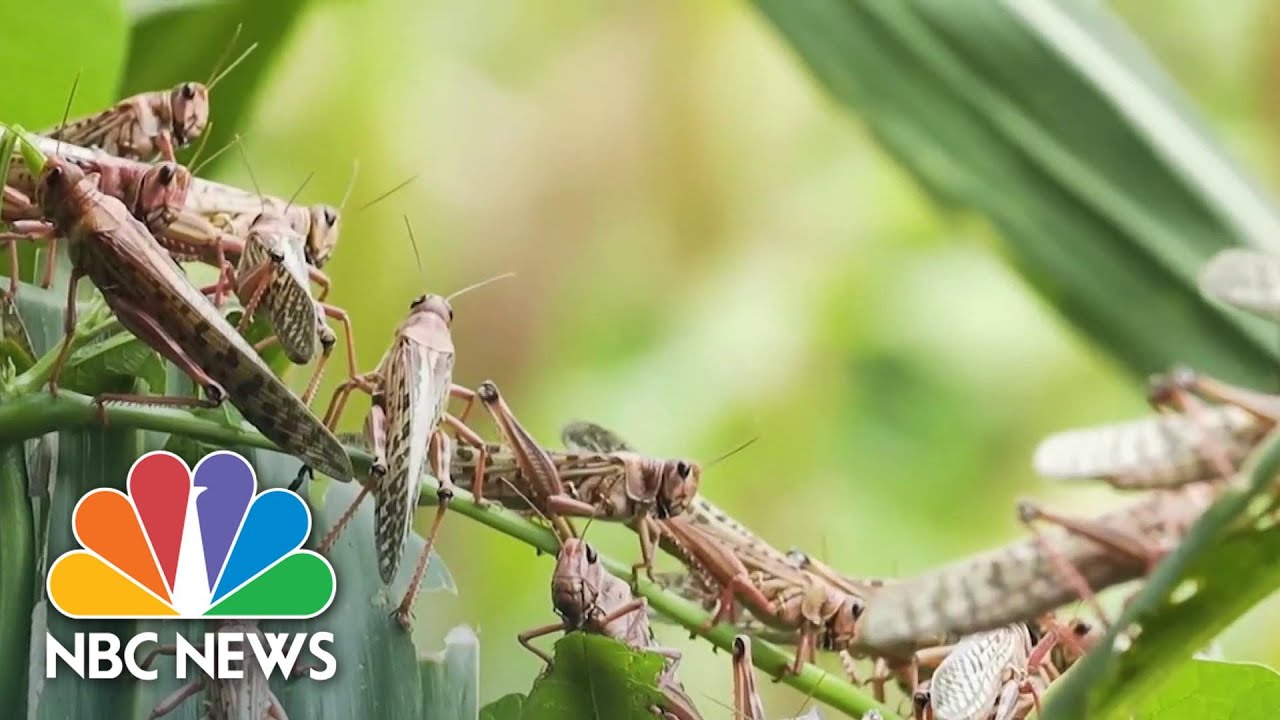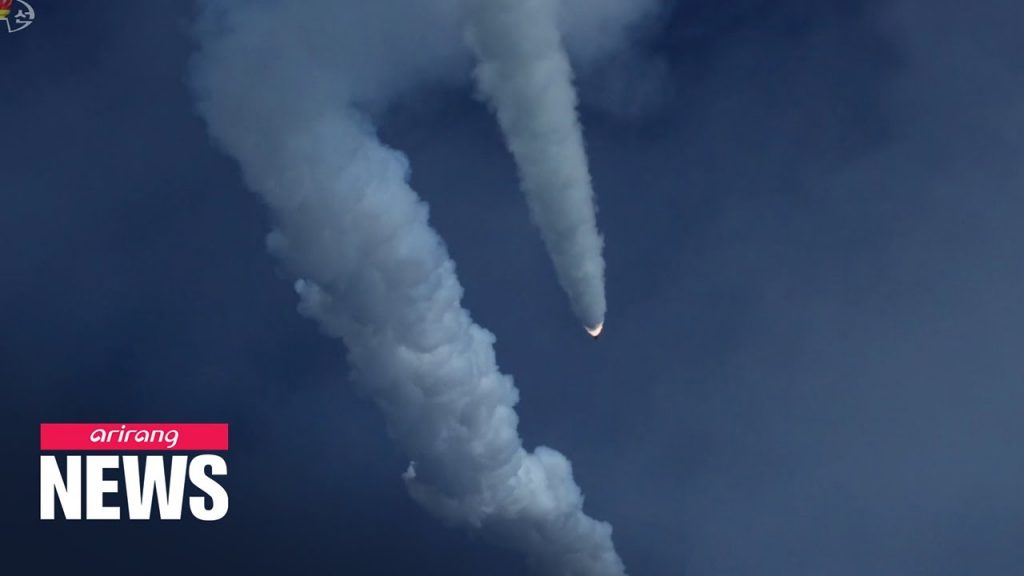Swarm Of Locusts Threaten Livelihood Of Millions In African, Asian And Middle Eastern Countries

Swarm Of Locusts
Swarms of locusts in Africa and Asia are devouring farmlands and threatening millions of people’s livelihoods as they struggle to deal with the ongoing coronavirus pandemic.
Why is the swarm of locusts causing significant environmental damage, and how can this impact be minimized?
The world is currently facing a significant threat to food security as a swarm of locusts has invaded African, Asian, and Middle Eastern countries. This swarm, the worst in decades, is causing devastation to crops and livelihoods of millions of people.
The swarm of locusts, which started in late 2019, has grown into a dangerous threat due to favorable conditions for breeding locusts. Heavy rainfall in these regions has provided the ideal habitat for their breeding, leading to a sudden increase in their numbers. The locusts have now spread across several countries and are causing severe damage to crops and the environment.
In Kenya, Somalia, and Ethiopia, farmers have reported the destruction of entire fields of maize, sorghum, and other cereal crops. The locusts devoured the vegetation, leaving nothing but barren land. These countries are already facing food shortages and malnutrition, and the locust invasion has worsened the situation. Pakistan, India, Yemen, and Saudi Arabia are also facing similar situations, with the swarms of locusts destroying crops and putting millions of people at risk of food insecurity.
The impact of the locusts is not limited to the destruction of crops. The swarms are also causing massive environmental damage. As they consume vegetation, they remove crucial habitat for other animals and insects, leading to a decline in biodiversity. Moreover, the use of pesticides to kill the locusts can also harm other species and contribute to environmental pollution.
The economic impact of the locust invasion also cannot be ignored. Agriculture is the primary source of income for many people in these countries. The sudden destruction of crops is causing significant losses for farmers and the local economy.
The governments of the affected countries are working to control the locust swarms by employing measures such as spraying pesticides, using drones to monitor movement, and coordinating efforts with neighboring countries. However, these efforts are proving inadequate. The scale of the problem is enormous, and resources are limited.
The international community must come together to support the affected countries in controlling the locust invasion. Providing financial aid, sharing knowledge and expertise, and increasing efforts to find long-term solutions to this issue are essential.
The swarm of locusts is a reminder of the urgent need to address climate change, which exacerbates the frequency and intensity of such disasters. We need to take immediate action to protect our environment and food systems and ensure that millions of people do not suffer from hunger and poverty due to such disasters.
In conclusion, the swarm of locusts endangering livelihoods in African, Asian, and Middle Eastern countries presents a severe threat to food security and environmental sustainability. We need to act collectively to minimize the damage and ensure that the affected countries receive the assistance they need to recover from this disaster.









Brilliant ways people have responded to the coronavirus outbreak
You Will Not Like What Comes After This – Coronavirus, Covid-19 & Freedom
Trump signs executive order to end preferential treatment for Hong Kong
Michigan Residents Flood State Capitol to Protest Whitmer’s Stay-At-Home Order
Biden And Sanders Face Off In Six Key States In Next Round Of Primaries